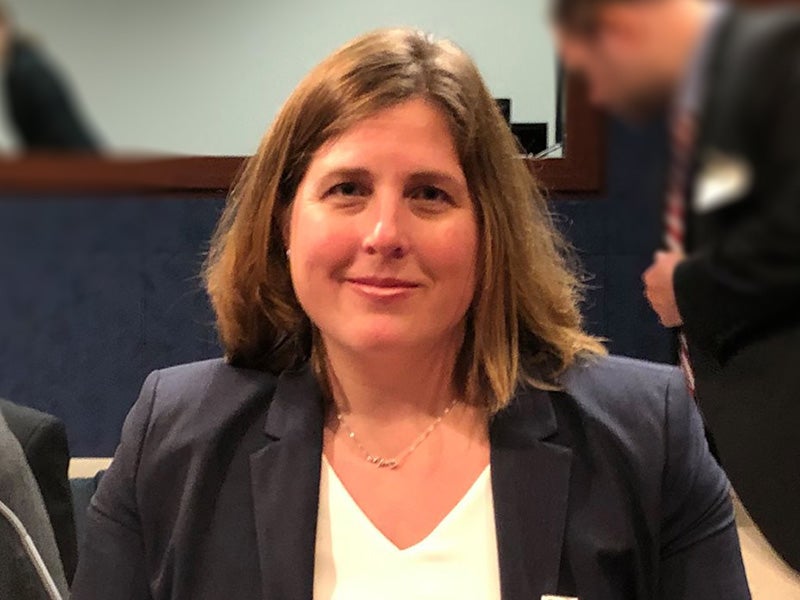EPA and State Inaction on PFAS Puts Public Health at Risk and Leaves Taxpayers to Foot Cleanup Costs
No Excuse to Keep Dumping PFAS “Forever Chemicals” into Our Waterways
Imagine big factories discharging invisible, indestructible toxic chemicals directly into our water systems, leaving communities unknowingly at risk of developing life-threatening illnesses. This isn’t a dystopian nightmare — it’s happening right now across the country. PFAS, known as “forever chemicals,” are notorious for persistence and harmful impacts on human health. Despite the obvious dangerous, the U.S. Environmental Protection Agency (EPA) has failed to clamp down on industrial discharges of PFAS, and states have followed suit, opting for a “don’t ask, don’t tell” policy. Such a negligent approach allows toxic chemicals to contaminate our waterways, shifting the cleanup burden on local utilities and taxpayers, who are suffering from pollution they did not create. It’s time we demand real action from our environmental regulators and ensure that industries responsible for PFAS pollution are held accountable.
What Needs to Happen
Step 1: Enforce pretreatment requirements
The EPA needs to step up and make sure sewage treatment plants (POTWs) aren’t accepting PFAS-laden wastewater from industries. These plants aren’t built to handle PFAS, so the chemicals just pass through and end up in our rivers and lakes. The Clean Water Act’s “pretreatment program” can help POTWs identify and reject contaminated industrial wastewater before it becomes a bigger problem. Industrial facilities pay utilities to treat their wastewater, but these plants have the power — and the duty — to refuse anything harmful like PFAS. POTWs shouldn’t be passive bystanders, as they certainly aren’t “passive receivers” — they must actively reject any wastewater containing toxic PFAS.
Right now, many POTWs aren’t asking industries if their wastewater contains PFAS, are not testing for PFAS, and are therefore not disclosing if any wastewater they receive has PFAS in it. There are currently no rules requiring them to check for PFAS, allowing many larger POTWs to conveniently overlook the issue while still cashing in.
In addition, even though EPA has finalized an effective testing method — (Method 1633) — for detecting 40 different PFAS in wastewater, it has not codified it. As a result, the vast majority of POTWs are not taking action using this testing method, even though it’s is available. The EPA needs to codify Method 1633 immediately so these treatment plants cannot use this as an excuse to not move forward with testing its wastewater for toxic PFAS.
Step 2: EPA must set clear guidelines
The EPA has Effluent Limitation Guidelines (ELGs) that outline how industrial facilities should treat their wastewater before it goes to sewage treatment plants. However, there are no specific guidelines for PFAS. The EPA urgently needs to set these rules, making it mandatory for industries to remove PFAS before their wastewater reaches the treatment plants. It is the agency’s duty to ensure POTWs look for PFAS in industrial wastewater before accepting it.
What We Need from the EPA
- Require POTWs that accept industrial wastewater to ensure those industrial sources are not sending PFAS to POTWs;
- Promulgate Method 1633 as an approved test method for PFAS in wastewater under 40 C.F.R. Part 136; and
- Set ELGs requiring industries that have PFAS in their wastewater to remove PFAS before sending wastewater to POTWs.
Established in 2008, Earthjustice’s Northeast Office, located in New York City, is at the forefront of issues at the intersection of energy, environmental health, and social justice.
